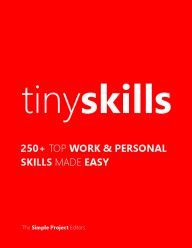On February 16, 2025 By newsroom Topic: Automotive
When purchasing a car, there are several financing options available, each with its pros and cons. Selecting the right one depends on your financial situation and ownership preferences. Here's a breakdown of the main types of car finance:
A type of secured loan where the car acts as collateral.
- How it works:
- Pay a deposit (usually 10%) and then fixed monthly payments.
- Ownership transfers to you after completing all payments and an optional "purchase fee."
Allows spreading costs over time.
Cons:
Similar to HP but ownership transfers automatically at the end of the term.
- How it works:
- Pay a deposit and equal monthly payments.
- No "option-to-purchase" fee—ownership is automatic after all payments.
No mileage limits.
Cons:
Offers flexibility to own, return, or trade the car at the end of the contract.
- How it works:
- Pay a deposit and smaller monthly payments (covering depreciation).
- At the end, either:
- Pay a "balloon payment" to own the car.
- Return the car.
- Use equity for a new PCP deal.
Flexibility to return or upgrade.
Cons:
An unsecured loan used to purchase a car outright.
- How it works:
- Borrow a lump sum from a bank or lender.
- Use the funds to purchase the car in full.
Competitive interest rates for those with good credit.
Cons:
Essentially renting a car for a fixed term.
- How it works:
- Pay monthly rental fees for 2–4 years.
- Return the car at the end of the lease.
Repairs often covered under warranty.
Cons:
Not mandatory, but can be helpful for leased cars.
Research and Compare:
Use online comparison tools to find better deals.
Thoroughly Check Agreements:
By carefully assessing your financial goals, credit score, and vehicle preferences, you can select the car finance option that best fits your needs while avoiding unnecessary costs.

